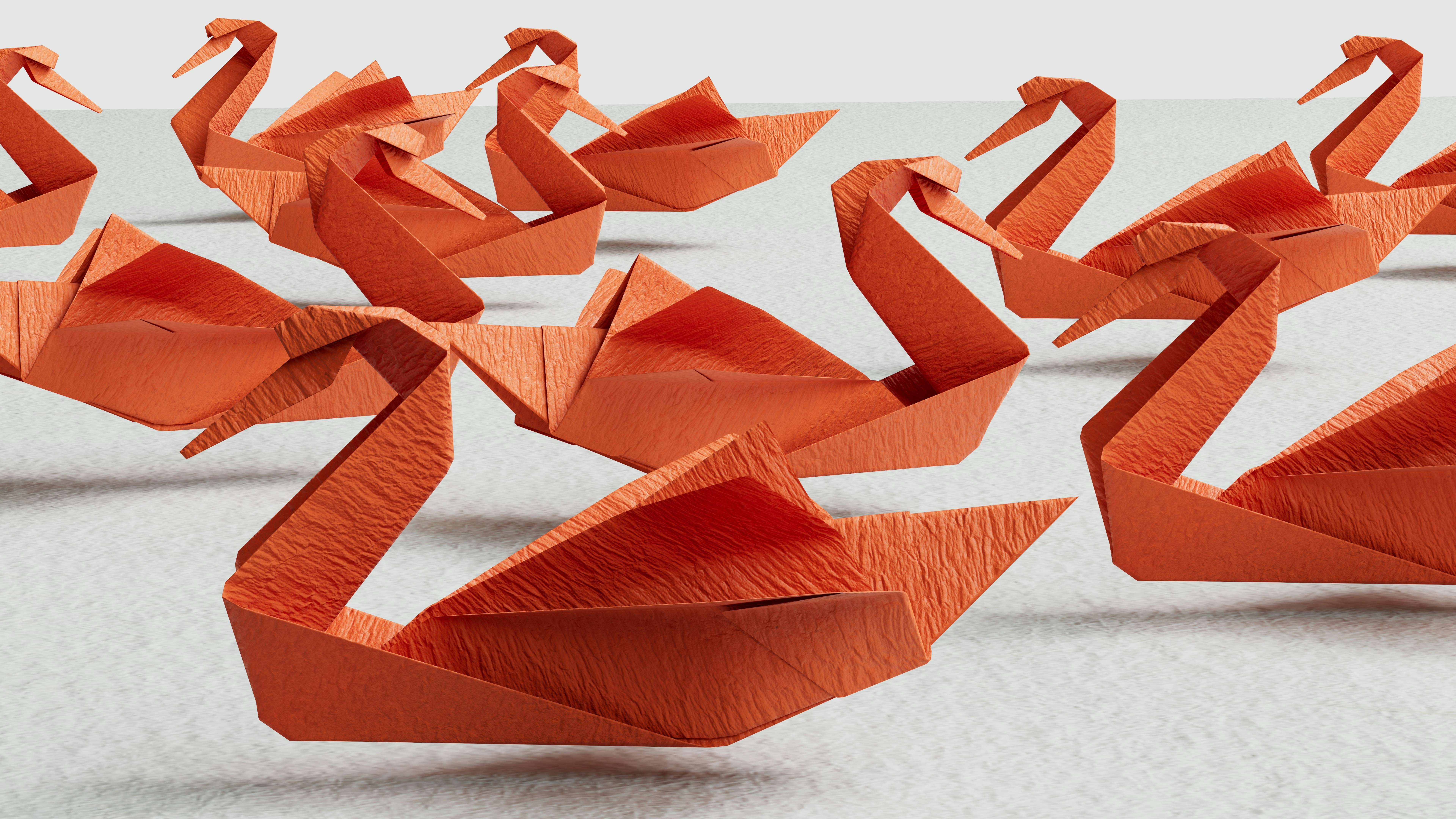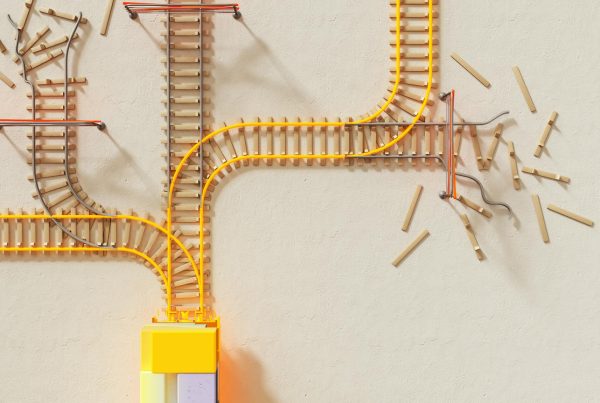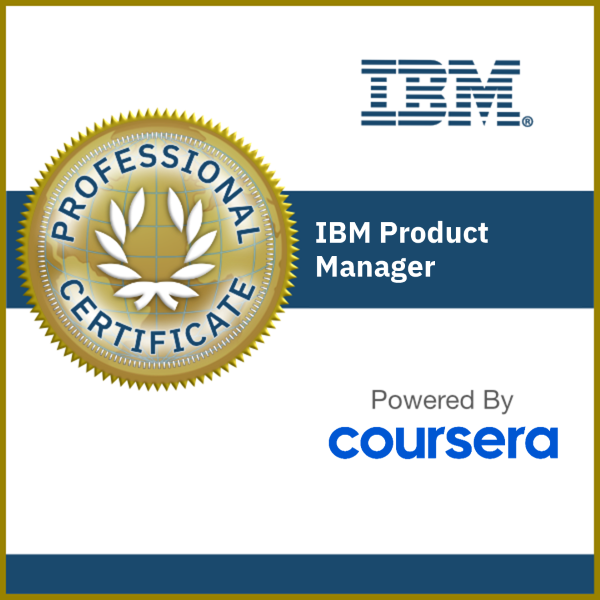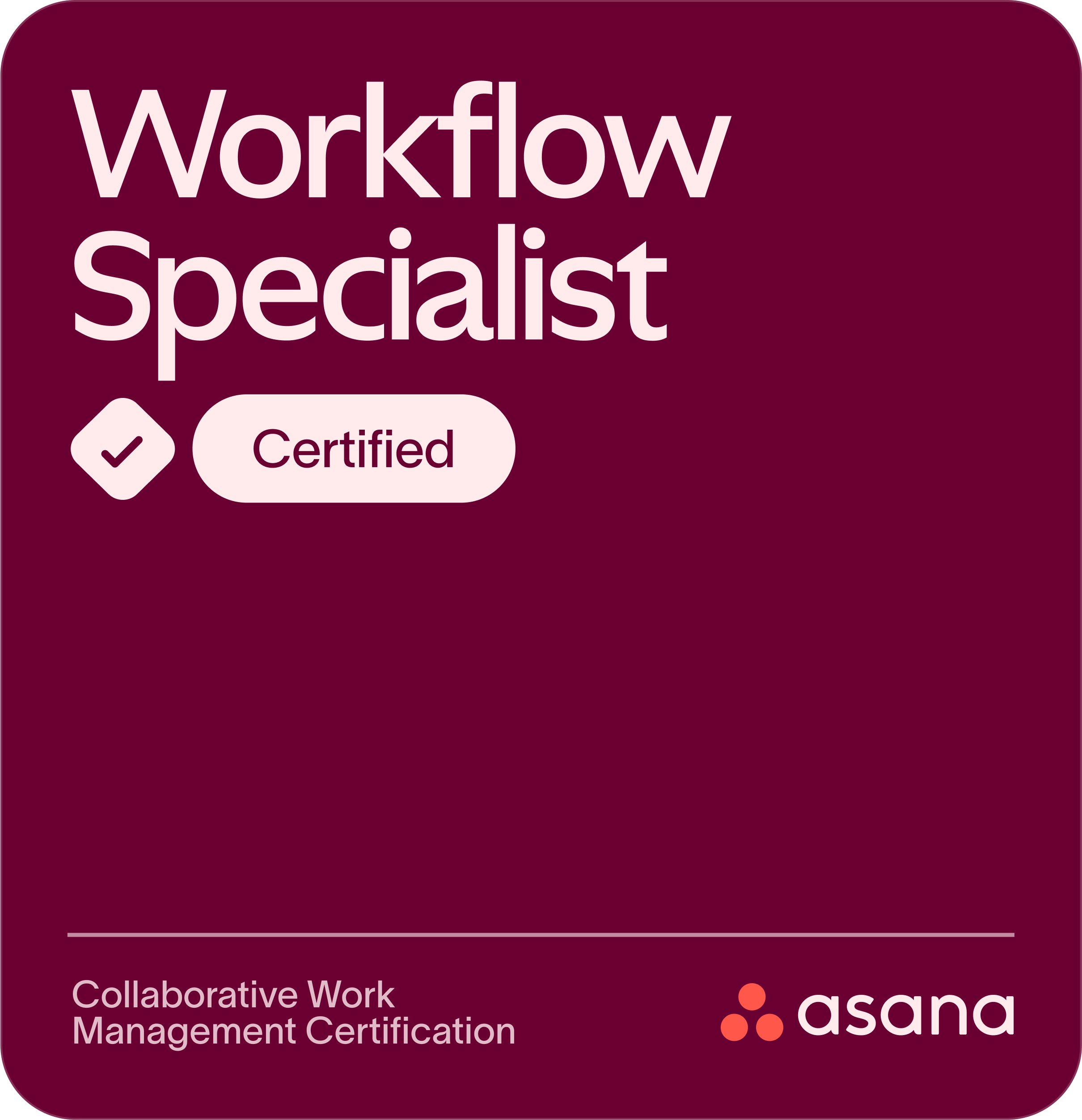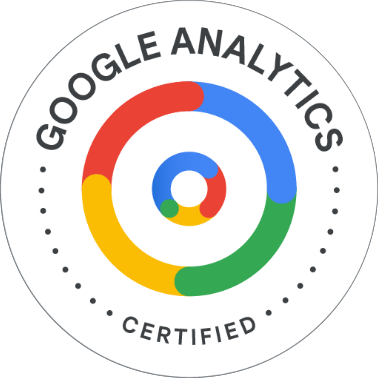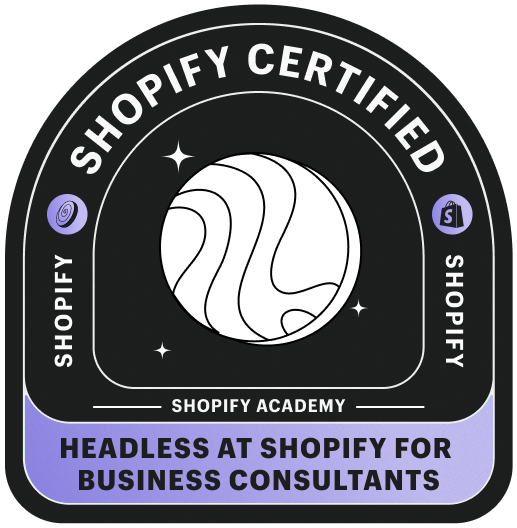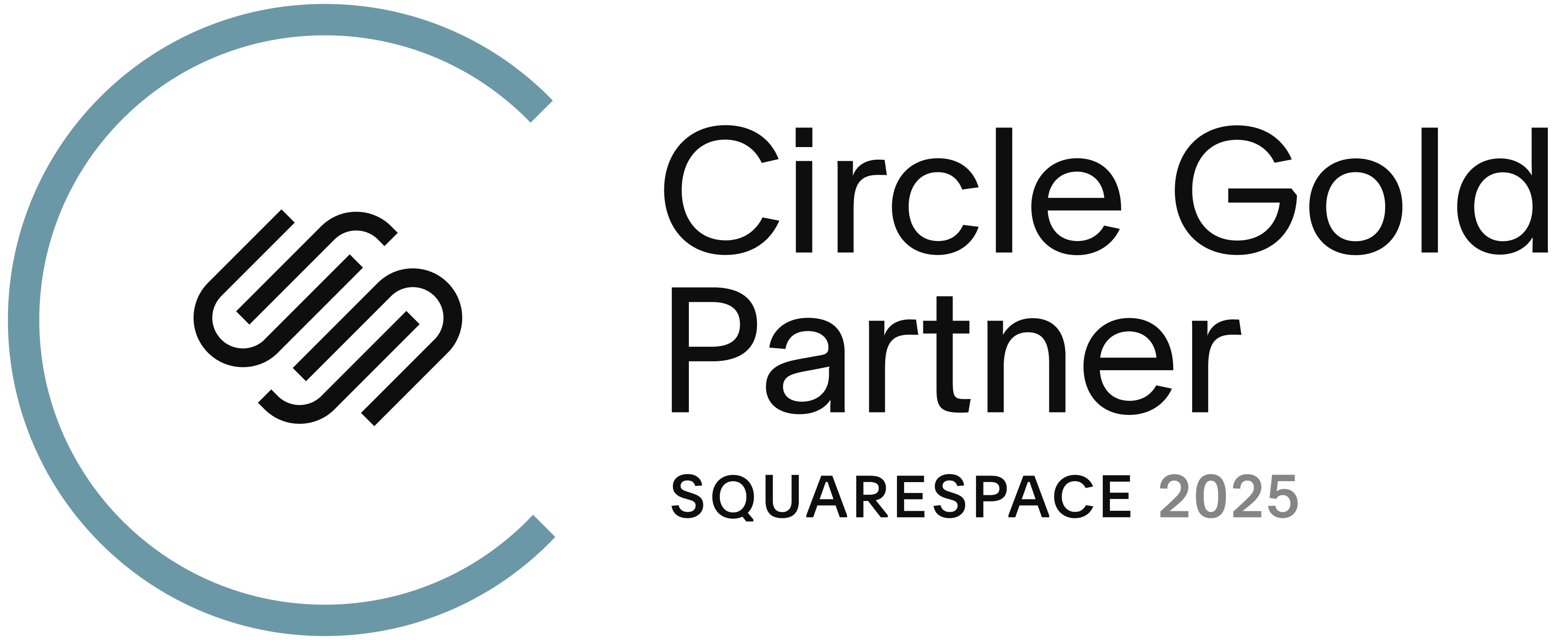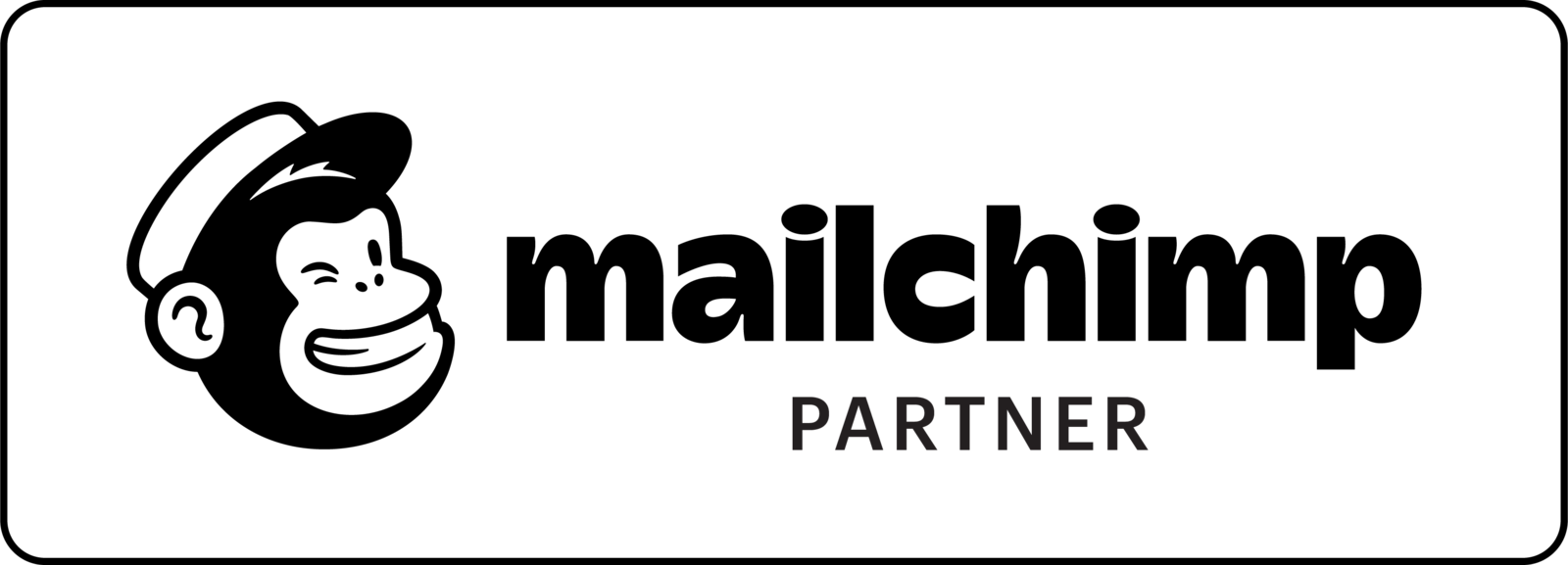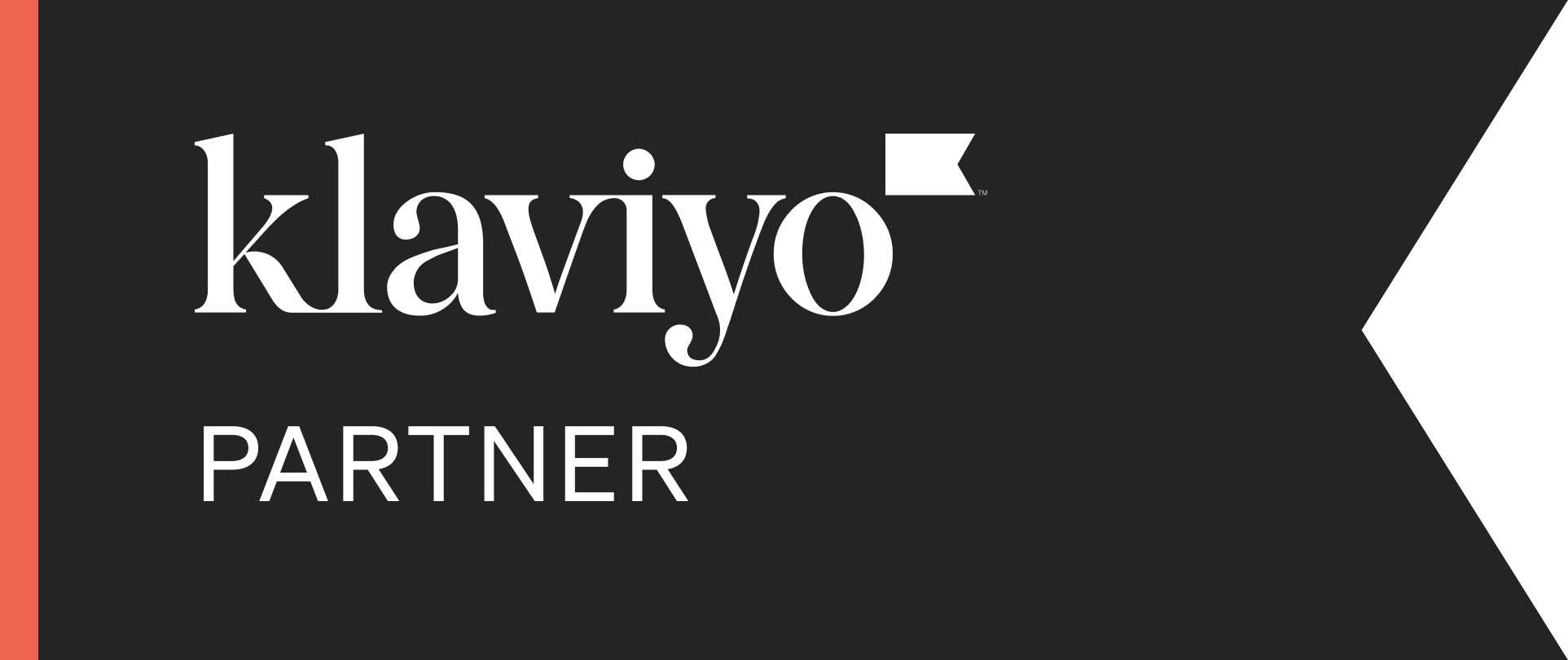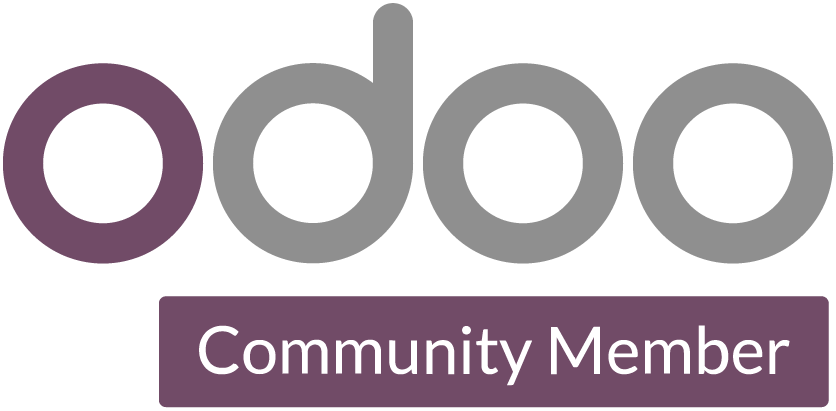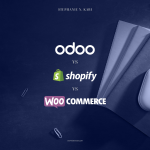Every now and then, a project comes along that teaches you more than expected—not just about delivery, but about how you show up when things get real.
Product Management • Launching a Next-Gen Entertainment Platform
This one tested my clarity, stretched my role, and sharpened how I hold boundaries while still being fully in. Here’s what I walked away with:
Product & Delivery
Lesson: Don’t commit until the team is ready.
We were optimistic early on, but internal capacity just wasn’t lined up. I’ve learned to validate what’s actually possible before locking in timelines—and to call out gaps in tech leadership sooner rather than later.
Lesson: QA deserves its own runway.
Just because a feature works doesn’t mean it’s launch-ready. Factoring in proper QA time made a massive difference in how smoothly we delivered.
Lesson: Legacy code can speed you up—or trip you up.
Sometimes reusing past work helps. Sometimes it’s a hidden trap. I now know building in time builds clarity around what can be inherited before deciding whether to reuse or rebuild.
Lesson: See the map, not just the markers.
I think in systems. It’s not just about what’s due next—but how everything connects, where friction will land, and what needs to shift upstream. That mindset helped me keep the bigger picture moving, even when individual parts got messy.
Stakeholder & Client Relationships
Lesson: Honesty builds more trust than reassurance.
When things were uncertain, clients appreciated direct, grounded updates more than vague optimism. No spinning, no fluff. And honestly? That built more trust than reassurance ever could.
Lesson: Visibility matters.
Just showing up with updates, even small ones, helped clients stay grounded and confident in the process.
Lesson: Clarify who’s responsible — early.
I used to absorb client pressure to protect the team. Now I make sure ownership is clear, especially when timelines slip.
Lesson: Reading the room is part of the work.
I’ve learned to trust the data that doesn’t live in Jira—the mood of a room, the silence after a message, the way a team avoids a topic. These signals often signal risks before the sprint board ever does.
Team Dynamics & Role Boundaries
Lesson: Filling gaps is not sustainable leadership.
When roles were unfilled (e.g., missing engineering lead), I stepped in to maintain project motion. I’ve since learned to raise flags earlier and avoid silently absorbing roles that blur my focus. Filling gaps is a temporary bridge, not a permanent fix.
Lesson: Assertiveness invites alignment.
Holding engineering peers accountable during updates wasn’t always comfortable, but it made progress clearer and made roles more honest.
Lesson: Boundaries are part of good leadership.
Saying no, stepping back, or refusing to overfunction isn’t selfish. It’s necessary. And it often invites others to step up.
Lesson: Lead with presence, not the badge.
I didn’t have the title to control outcomes—but I had presence. I anchored meetings, held calm in the room, and kept things moving when no one else would. When hierarchy was absent or unclear, I learned how to steady the ship by being the most grounded person in the room.
Process & Tooling
Lesson: Structure tools for the user, not just the team.
Instead of reorganizing everything, I just made the tools easier to use. We used Confluence heavily, but I adjusted page navigation for our QA lead’s needs instead of reshuffling the entire space—keeping internal logic while easing their workflow. That’s what helped the most.
Lesson: Backups are mandatory.
If one person holds all the keys, the whole project slows down. I’ve since learned to spread access, create backups by default, and prioritize mirrored storage & broader access strategies.
Personal & Professional Integrity
Lesson: Don’t confuse silence with stability.
When no one else was speaking up, I did. Even when others were silent, naming issues transparently helped stabilize the project—and protected my own bandwidth. Naming the hard stuff didn’t cause instability—it created alignment.
Lesson: Stepping back is sometimes the most strategic move.
I left spaces that weren’t safe or sustainable—and nothing fell apart. In fact, clarity came back. That wasn’t quitting. It was leadership.
